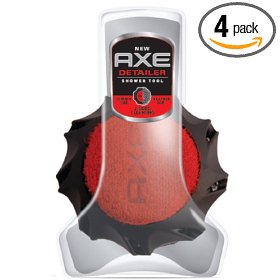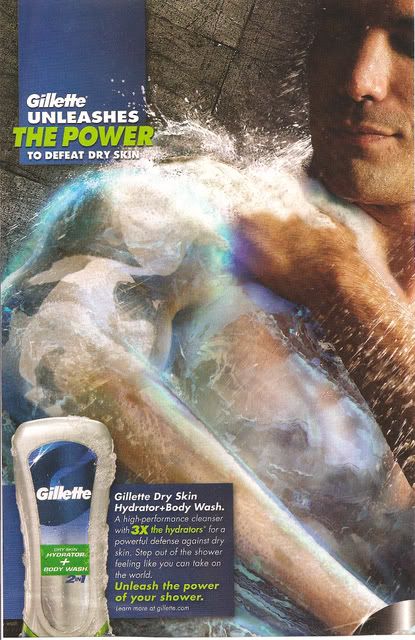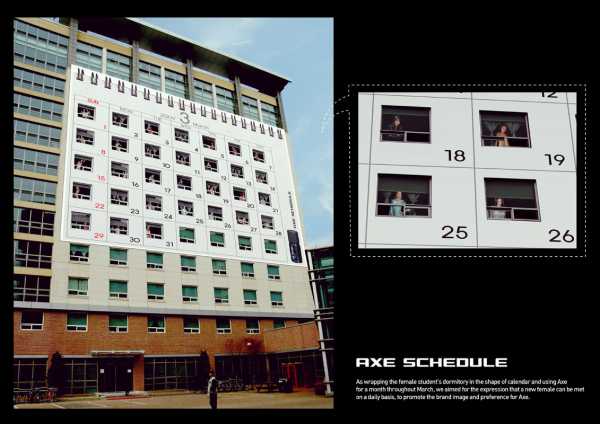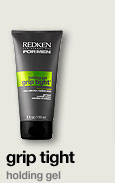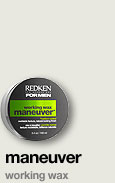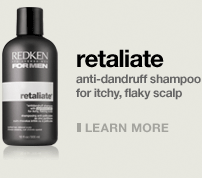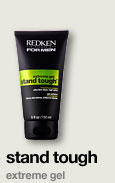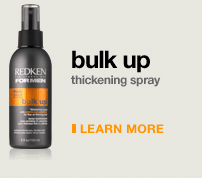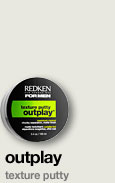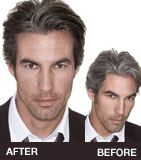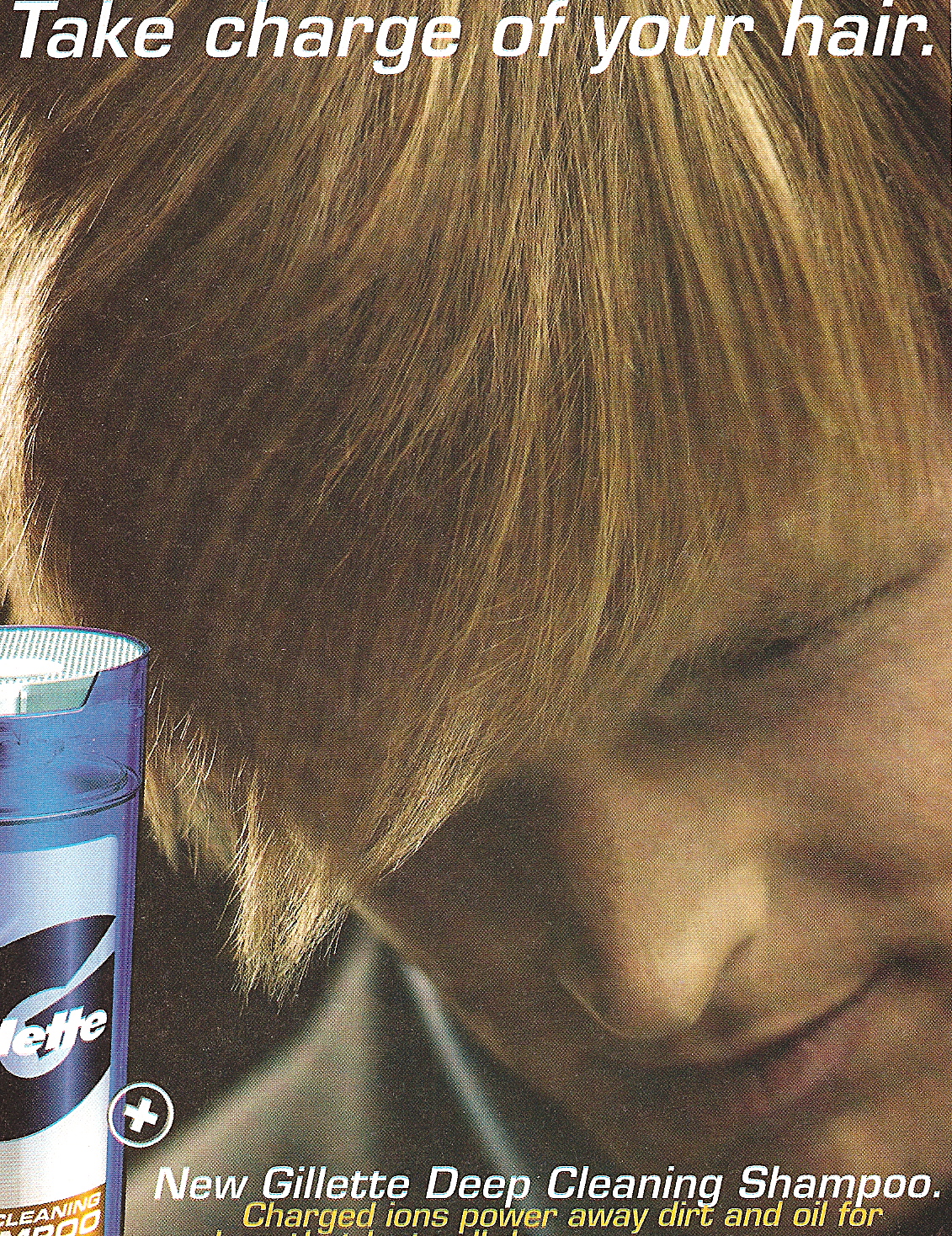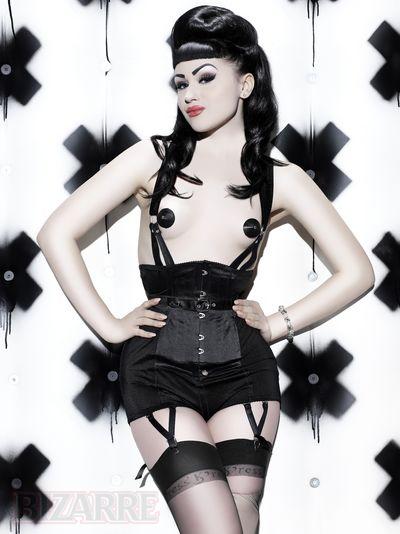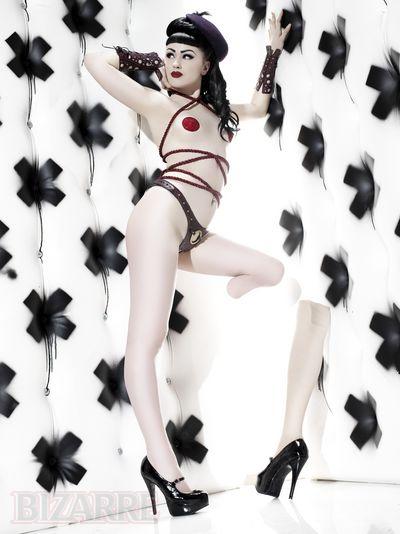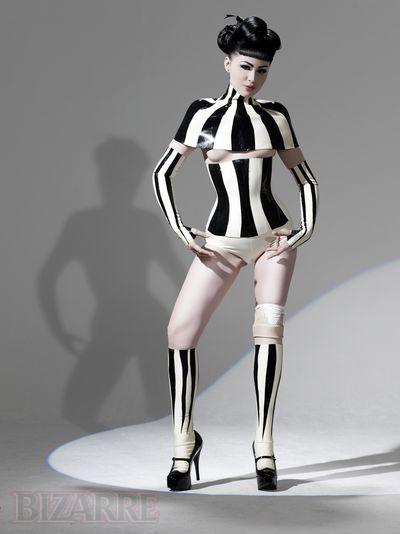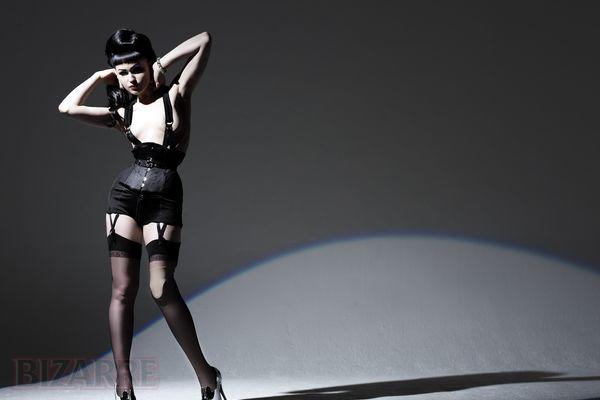In her famous video, Killing Us Softly, Jean Kilbourne mentions that women are often told to let their appearance “do the talking.” And, in another post, we’ve talked about how women are encouraged to do anything, as long as they look good doing it. Which brings me to this page from this month’s Seventeen:
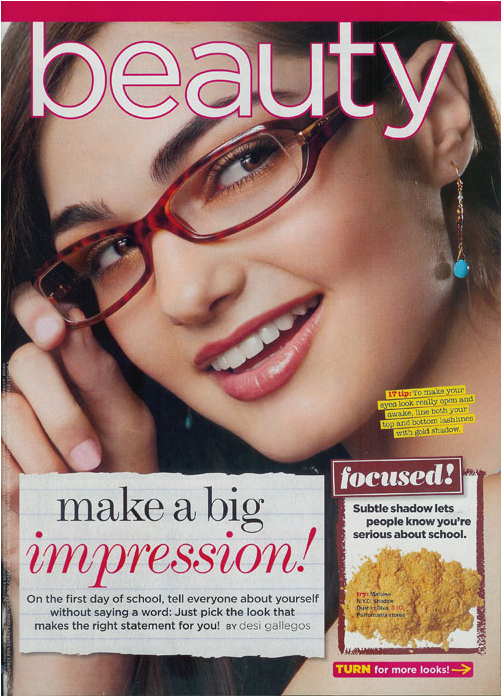
Text:
Make a big impression! On the first day of school, tell everyone about yourself without saying a word: Just pick the look that makes the right statement for you!
And:
17 Tip: To make your eyes look really open and awake [I guess ’cause class is boring and you were out late partying last night?], line both your top and bottom lash lines with gold shadow.
And:
Focused! Subtle shadow lets people know you’re serious about school.
Jezebel reviews this month’s Seventeen magazine, chock full of anxiety-inspiring questions that all essentially translate into: “Are you sure you’re good enough?”

